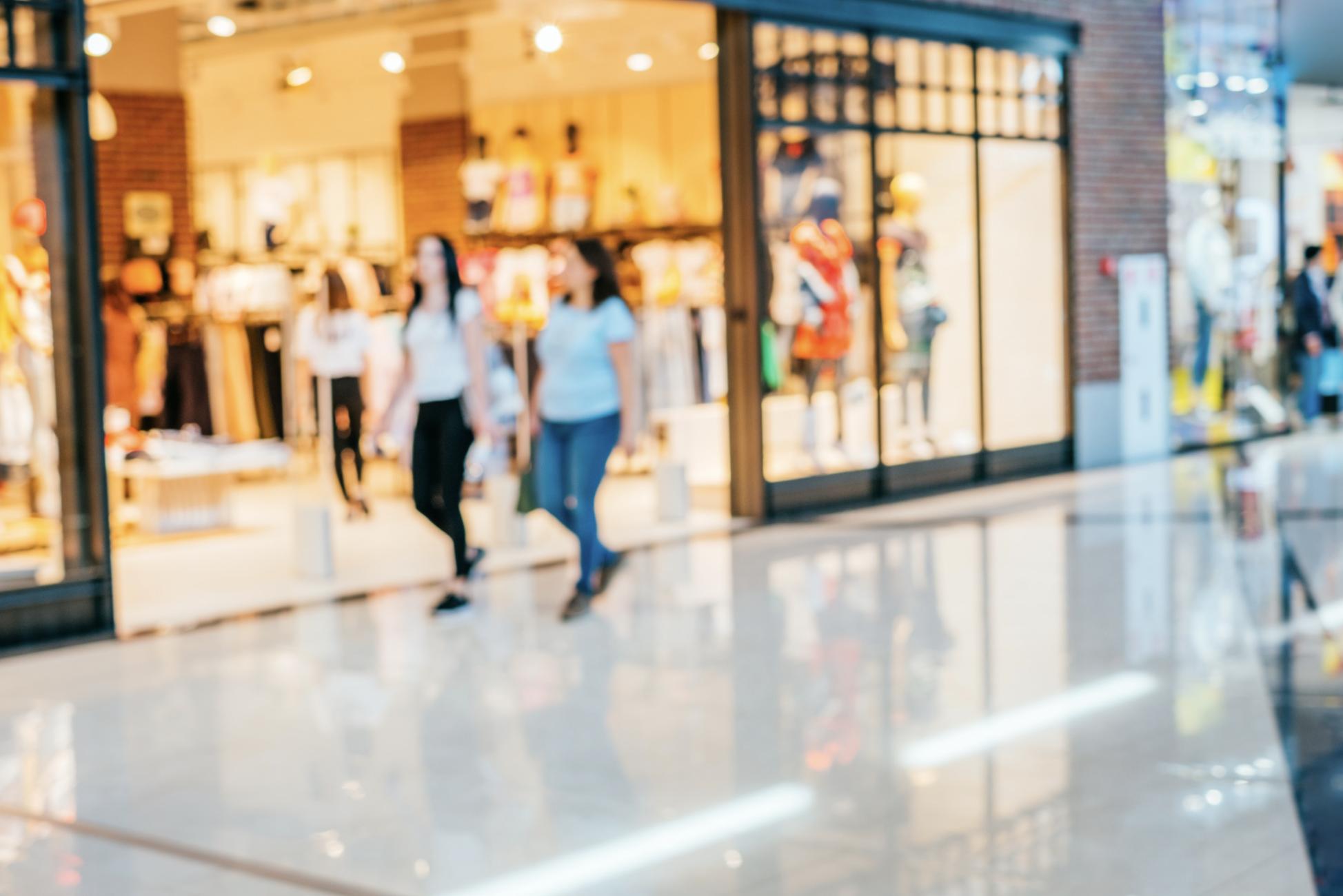Put on your track suit and lace up your sneakers because today, we’re talking about mall walking, and its many benefits for seniors.
What is mall walking?
The shop-until-you-drop, endless food court concept of the modern mall was conceived in the mid-1950’s. With the rise and development of these consumer paradises came mall walking.
Simply put, this is exercise that takes place in a mall, including casual walking, speed walking, and jogging.
Malls with an established walking program often open early, so people can get started without crowds. Others offer discounts at certain stores and kiosks.
Mall walking is most popular with senior citizens.
The benefits of mall walking for seniors
1. Comfortable climate
Malls are temperature controlled year round. This is beneficial for a few reasons.
Firstly, people ages 65+ are more sensitive to temperature changes than others. This may be caused by medication or illness. This increases the risk of heat and cold-related illnesses, like sunburn, heat stroke, hypothermia.
Secondly, because of reduced muscle and bone strength, seniors are more likely to be injured in a fall. For people who live in cold, icy environments, this can make exercising outside during the winter risky.
Malls provide a comfortable, safe environment to exercise.
2. Access to bathroom
While most seniors don’t typically use the bathroom more than anyone else, there are situations where it can happen.
Medication, pelvic floor weakness, or underlying illness, like diabetes, an enlarged prostate, nerve damage, etc. can lead to increased bathroom breaks.
Either way, the average human urinates 6 to 7 times per day, so having quick access to a bathroom is ideal.
3. Level surfaces and good lighting
As mentioned, falls can severely injure seniors. Outside, there may be many tripping hazards.
Cracked, uneven sidewalks, construction, natural debris (logs, mud), and trash can increase the risk of falls. This is especially true if exercising outside at night, or in low-light conditions.
Malls provide a smooth, level surface to walk on, and lots of bright light for good visibility.
4. Opportunities for socializing
Mall walking can be done solo, but is often offered as a group activity.
This gives seniors the opportunity to socialize, which reduces loneliness, thereby increasing overall wellbeing.
Malls also provide a self-contained community. All the action in one place. Shopping, banking, diverse people, and often a vibrant atmosphere. This helps seniors engage with the world in a way that might be inaccessible otherwise.
Most importantly, there’s no cost required to socialize (aside from transportation to the mall).
5. Access to water fountains
It’s common sense that when exercising, we should drink lots of water to stay hydrated. Many malls have water fountains or bottle-filling stations.
Even if not, there are usually vending machines, and of course, plenty of restaurants and stores to buy water.
6. Safety
For some people, neighborhood safety and fear of crime may be a barrier to exercising outside.
Security staff, other mall walkers, crowds, and an enclosed, public space may help reduce this concern.
Others may worry about physical injury while walking. Malls often have first aid supplies and people who are trained to use them. If the situation is serious, there are staff who can contact emergency services.
Malls are a safe, comfortable place for seniors to get essential exercise and more. They’re a unique environment where people can socialize, run errands, and stay healthy, for free.
Sources
https://www.medicalnewstoday.com/articles/321461#healthy-frequency

